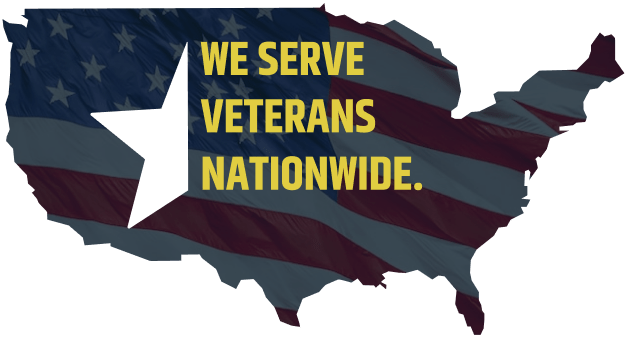
Learn the Facts: CRDP v. CRSC
Most veterans who qualify for both military retired pay and VA disability pay have choices to make. That’s because, in most situations, a veteran cannot receive full benefits from both programs. Concurrent retirement and disability pay (CRDP) and combat-related special compensation (CRSC) are two separate provisions that can increase the amount of total benefits available to a veteran who qualifies for both VA disability and military retirement benefits. But, you can’t have both.
Since a veteran who qualifies for both CRDP and CRSC must choose one, it’s important to understand the differences and what they mean for the veteran in terms of benefits paid.
Two Options for Disabled Veterans Receiving Military Retirement
What is CRDP?
Concurrent retirement and disability pay is an exemption from the offset requirement that applies to most veterans who qualify for both retirement and disability pay. In other words, a veteran who is eligible for CRDP can receive full military retirement benefits and full VA disability benefits.
To qualify, the veteran must be separately eligible for each benefit, have at least 20 years of active duty service, and be rated at least 50% disabled by the VA. For most veterans, CRDP provides more in total benefits. However, that doesn’t necessarily mean it’s the best option. That’s because military retirement pay is taxable, but VA disability benefits and CRSC benefits are not. If you’re qualified for both options, you’ll want to do the math.
CRDP should be automatic if the veteran is qualified. But, mistakes happen. If you believe you should qualify for an exemption under CRDP but your benefits are being offset, talk to an experienced VA disability benefits advocate right away.
What is CRSC?
Combat-related special compensation is available to some veterans who do not qualify for CRDP. For example, some veterans with a VA disability rating as low as 10% qualify for CRSC, and veterans who were medically retired with less than 20 years of service may qualify if they’re rated at least 30% disabled. However, CRSC also has a restriction that doesn’t apply to CRDP: a veteran only qualifies if their disability is combat-related.
Veterans are not automatically enrolled in CRSC. The veteran must apply for benefits and provide supporting documentation. To get full back pay, you must file your CRSC claim within six years of the earlier of any VA rating determination or the date you became eligible for military retirement pay.
Call 1-888-373-4722 or complete a Free Case Evaluation form
Disabled Vets is Here to Help
Whether you’re just filing a claim for VA disability benefits, trying to secure CRSC benefits to increase your monthly benefits, need to try to increase your disability rating to qualify for CRDP, or are facing other issues with receiving the VA benefits you deserve, we’re here for you. Our experienced VA disability benefits advocates have a solid understanding of program requirements, procedures, and the documentation required.
Let us make the process simpler for you and increase your chances of success. Call us today at 888-373-4722 or fill out our contact form here.
Veterans Read More Below:
- Types Of VA Disabilities
- VA Disability Compensation Rates
- What Is TDIU and How Can I Get It?
- SSDI For Veterans
- Can My Spouse Receive My VA Disability After I Die?
- The Easiest Way to a 100% VA Disability Rating
- VA Benefits For Spouses of 100% Disabled Veterans
Call 1-888-373-4722 or complete a Free Case Evaluation form







